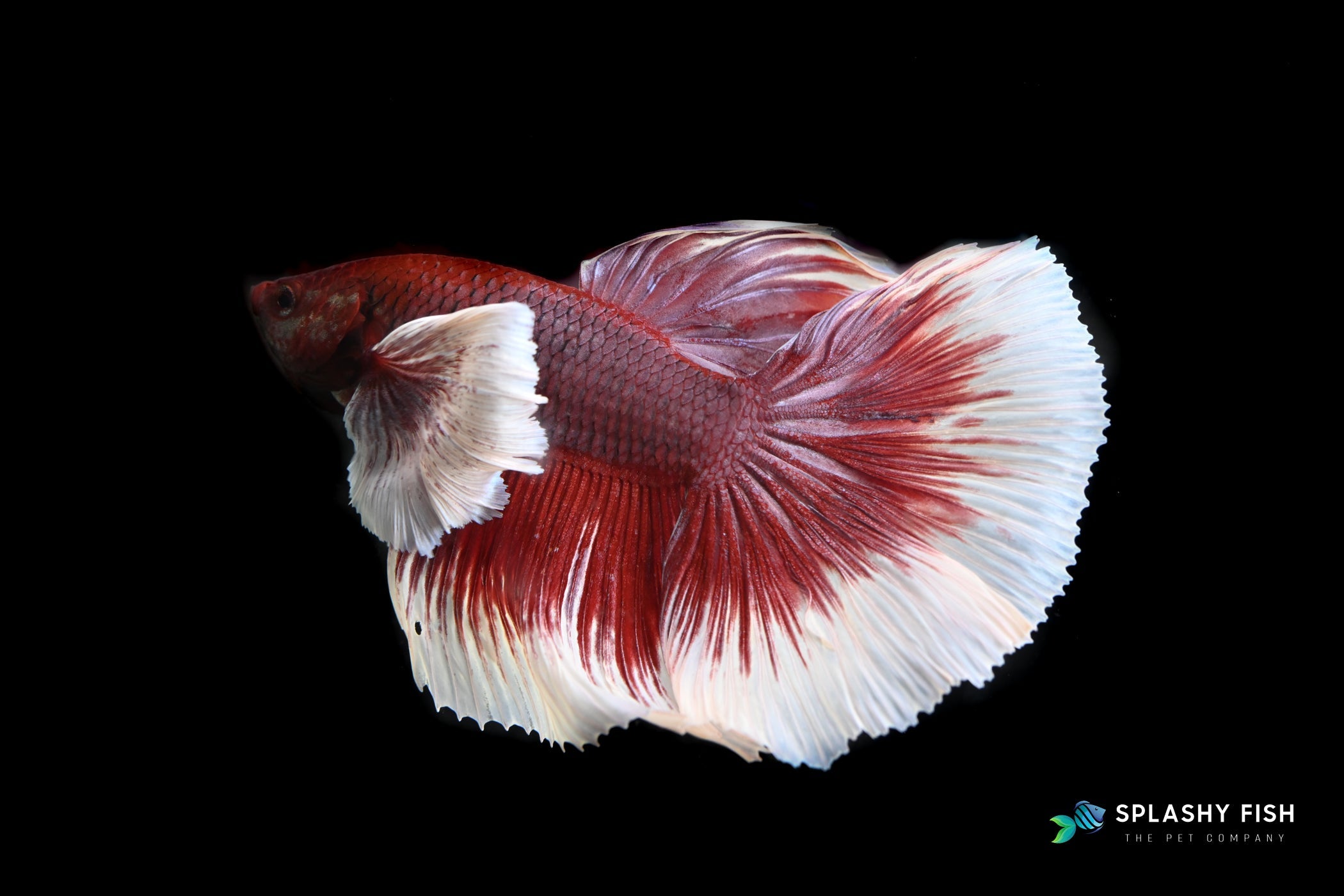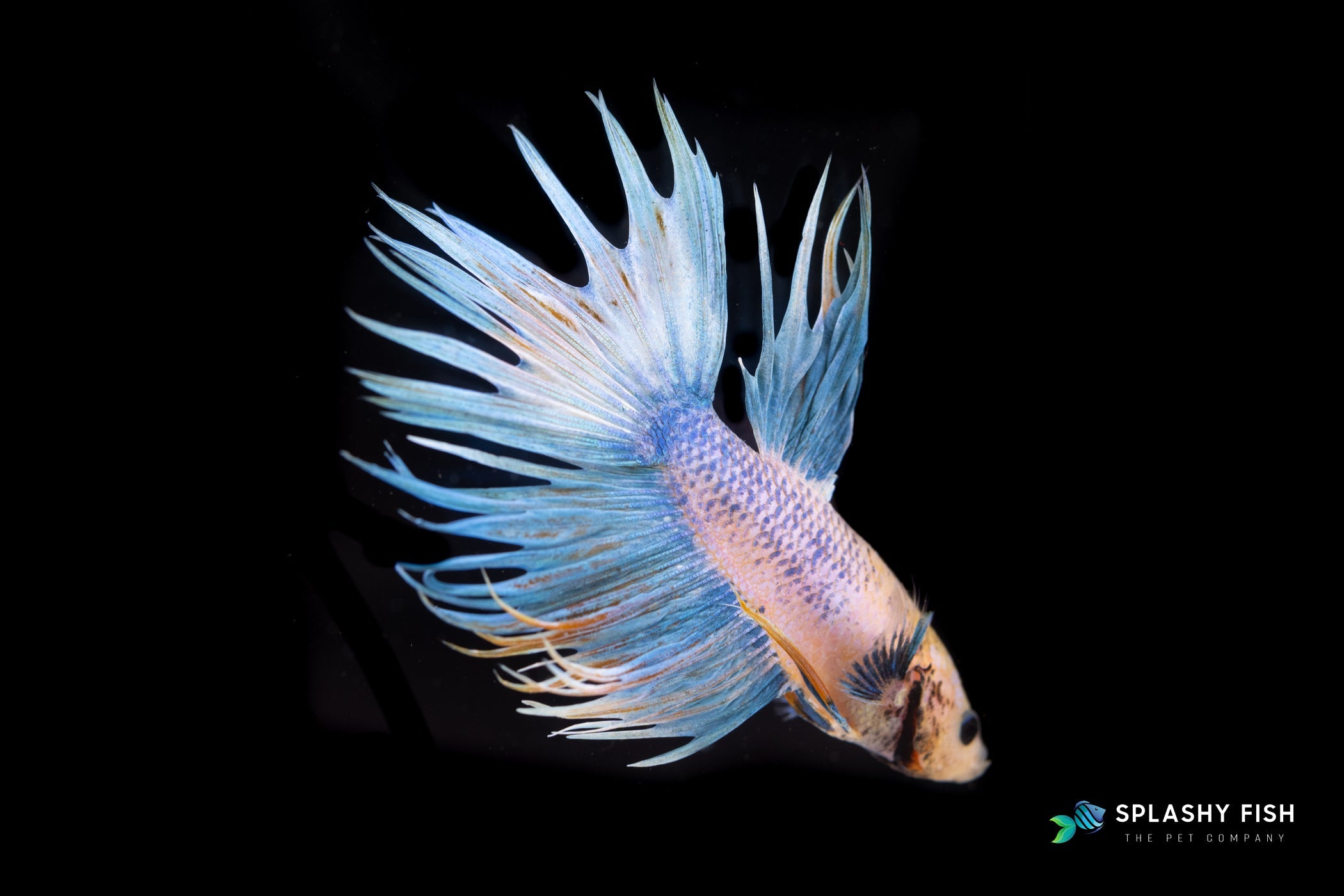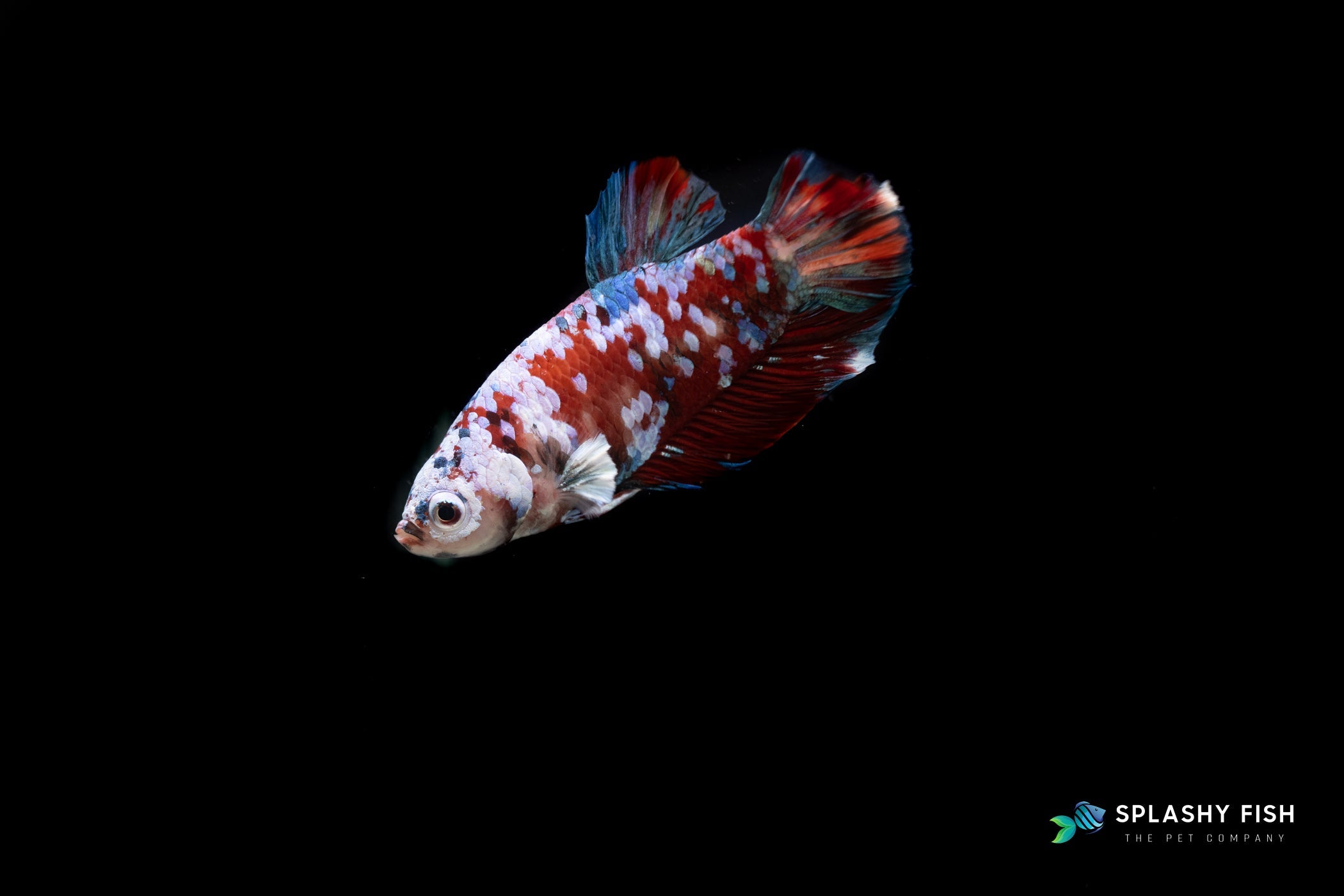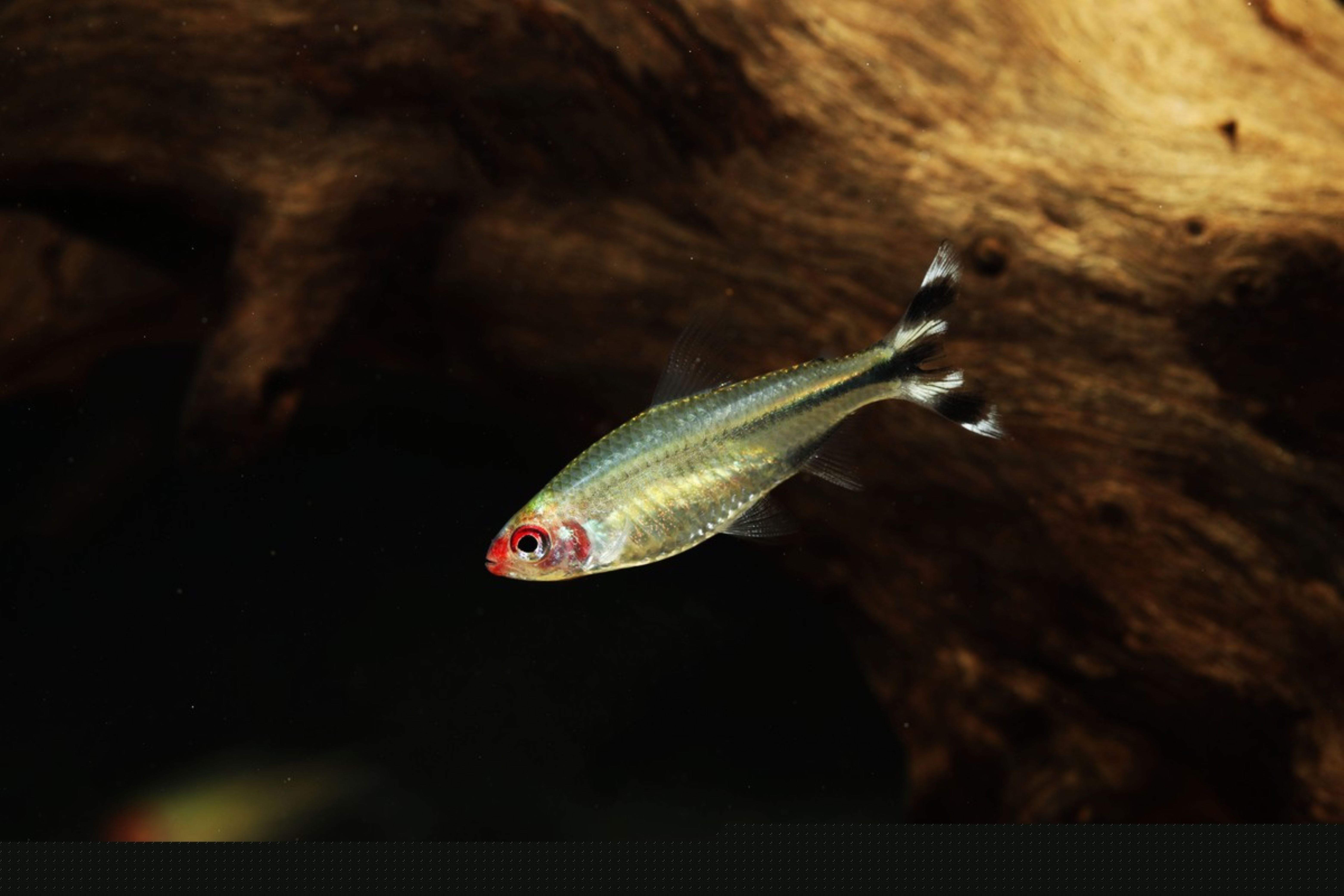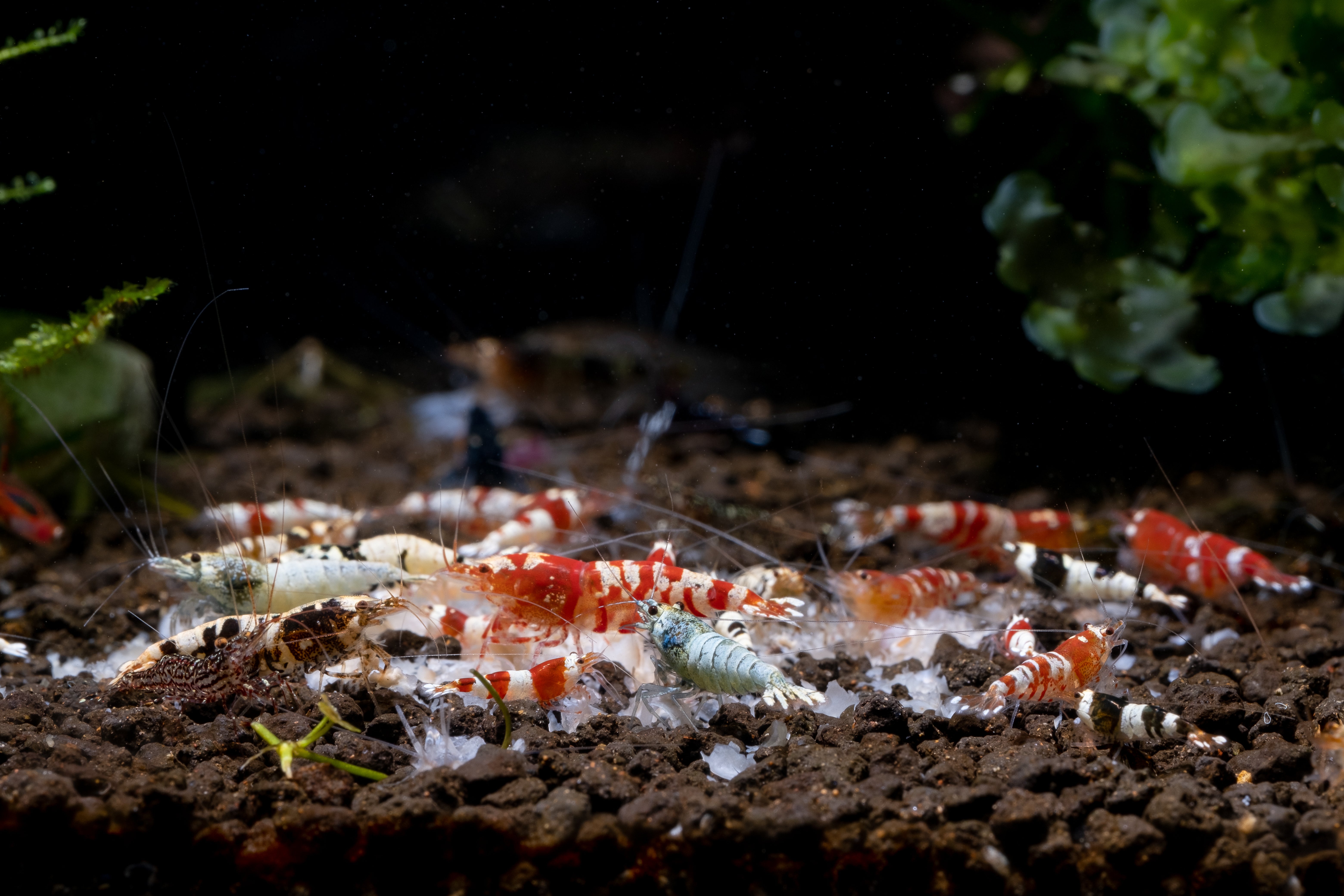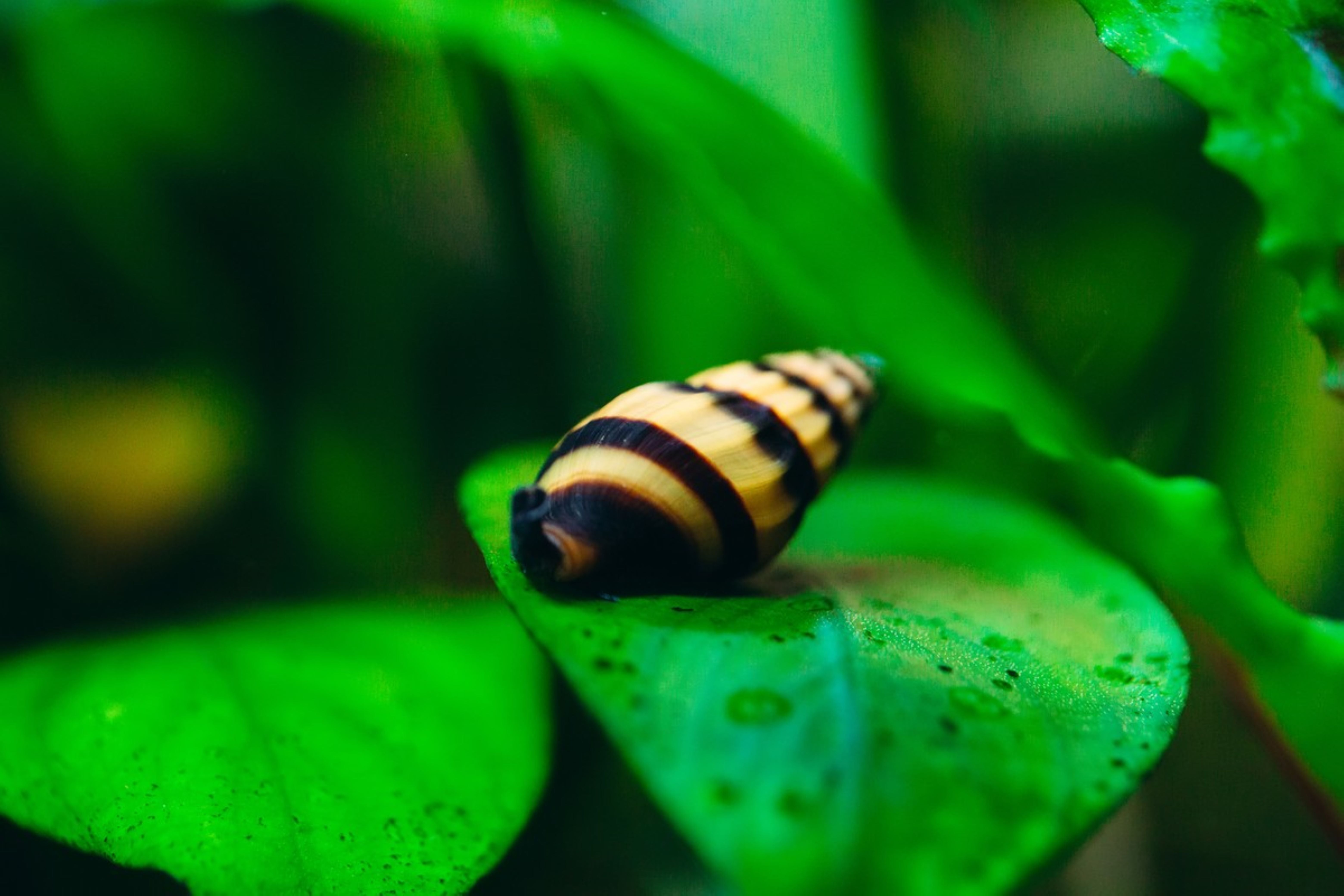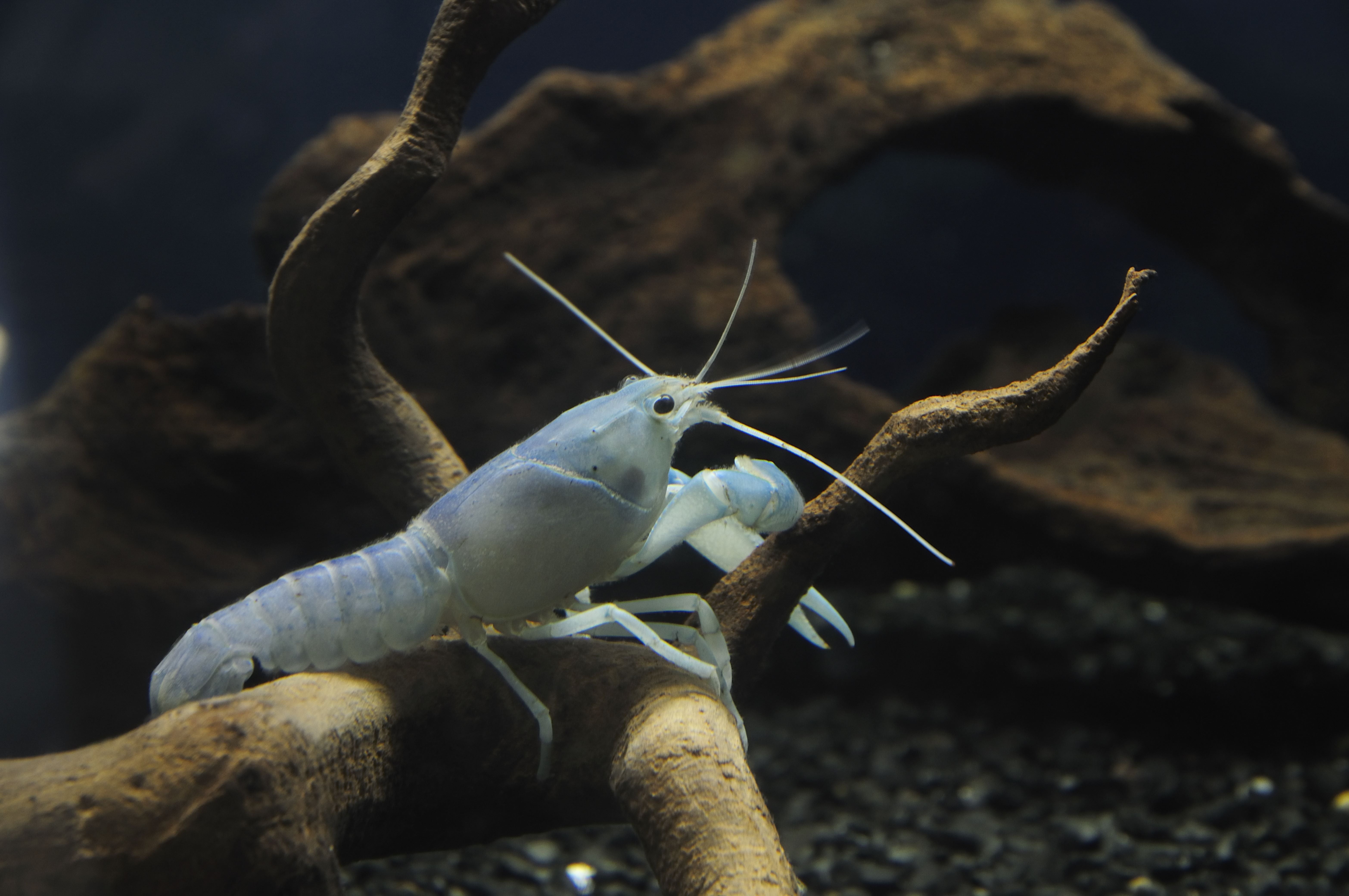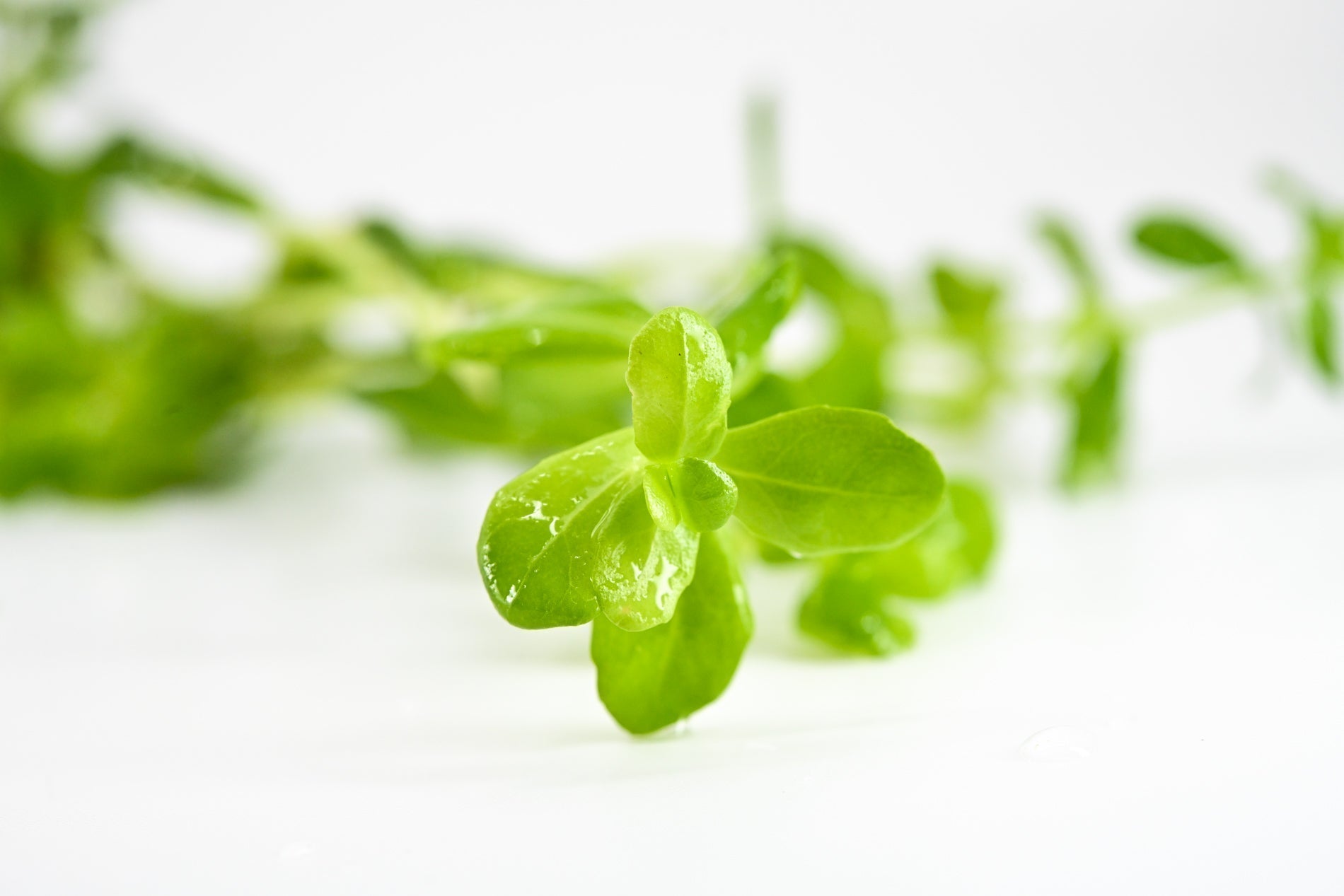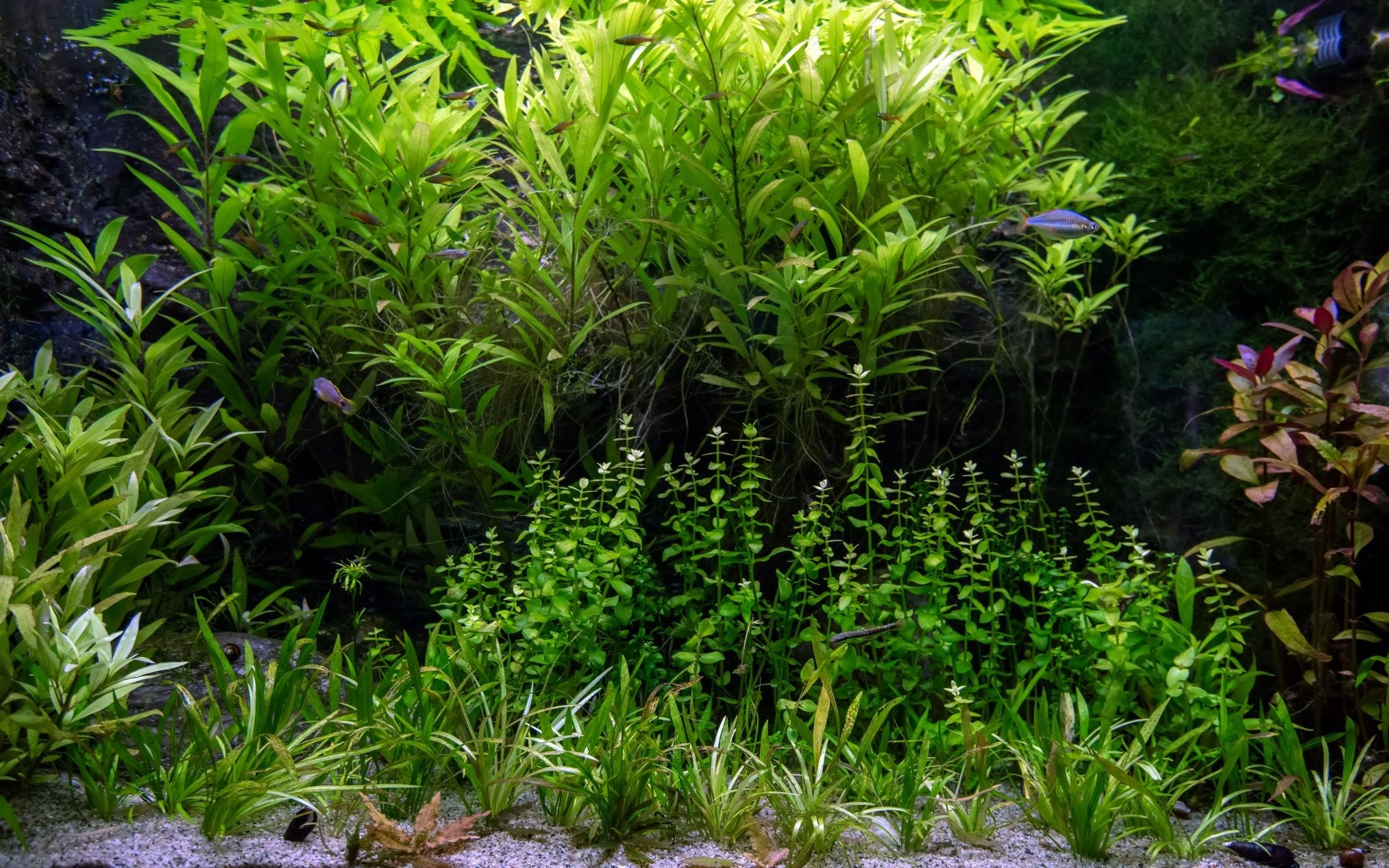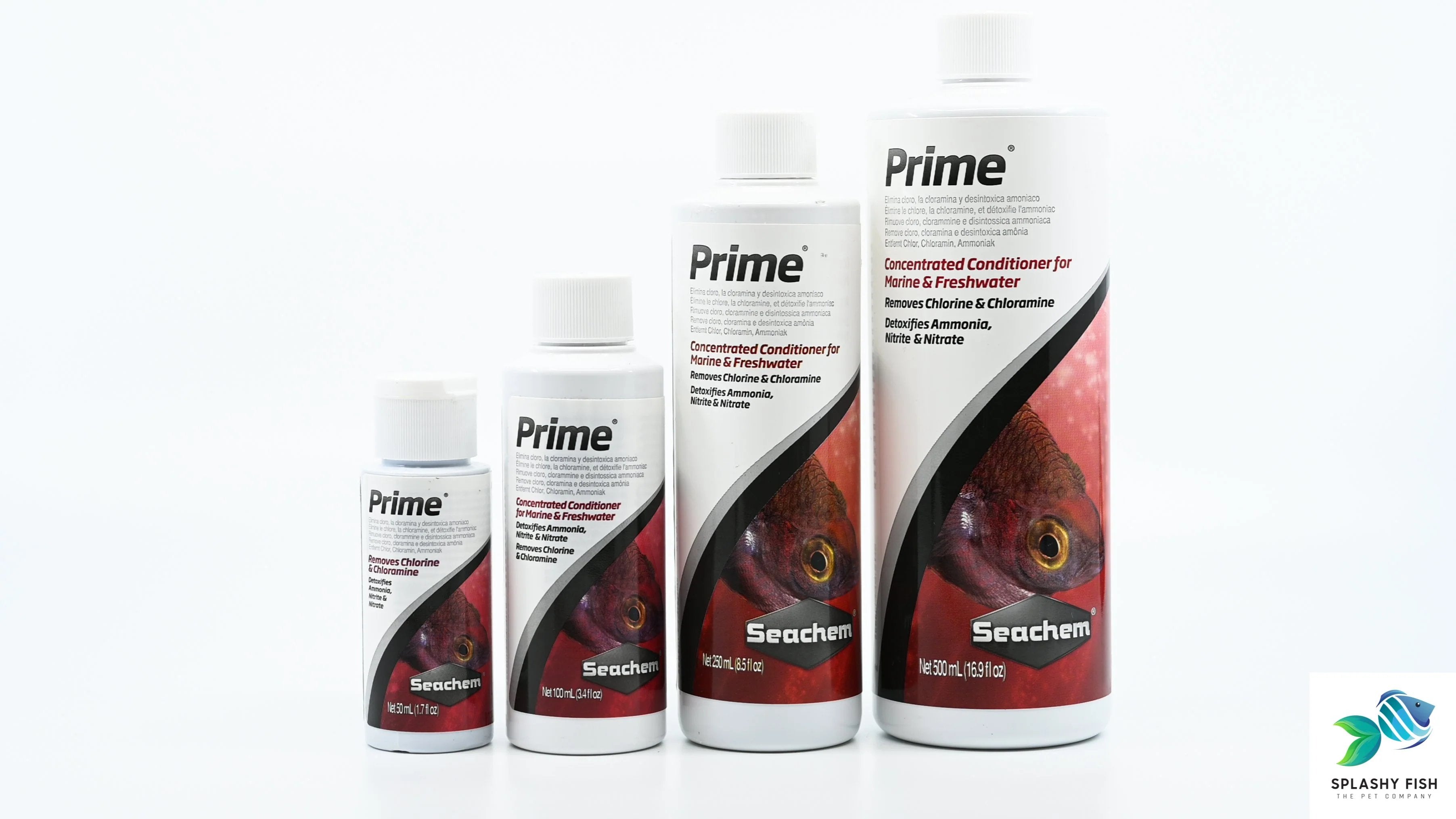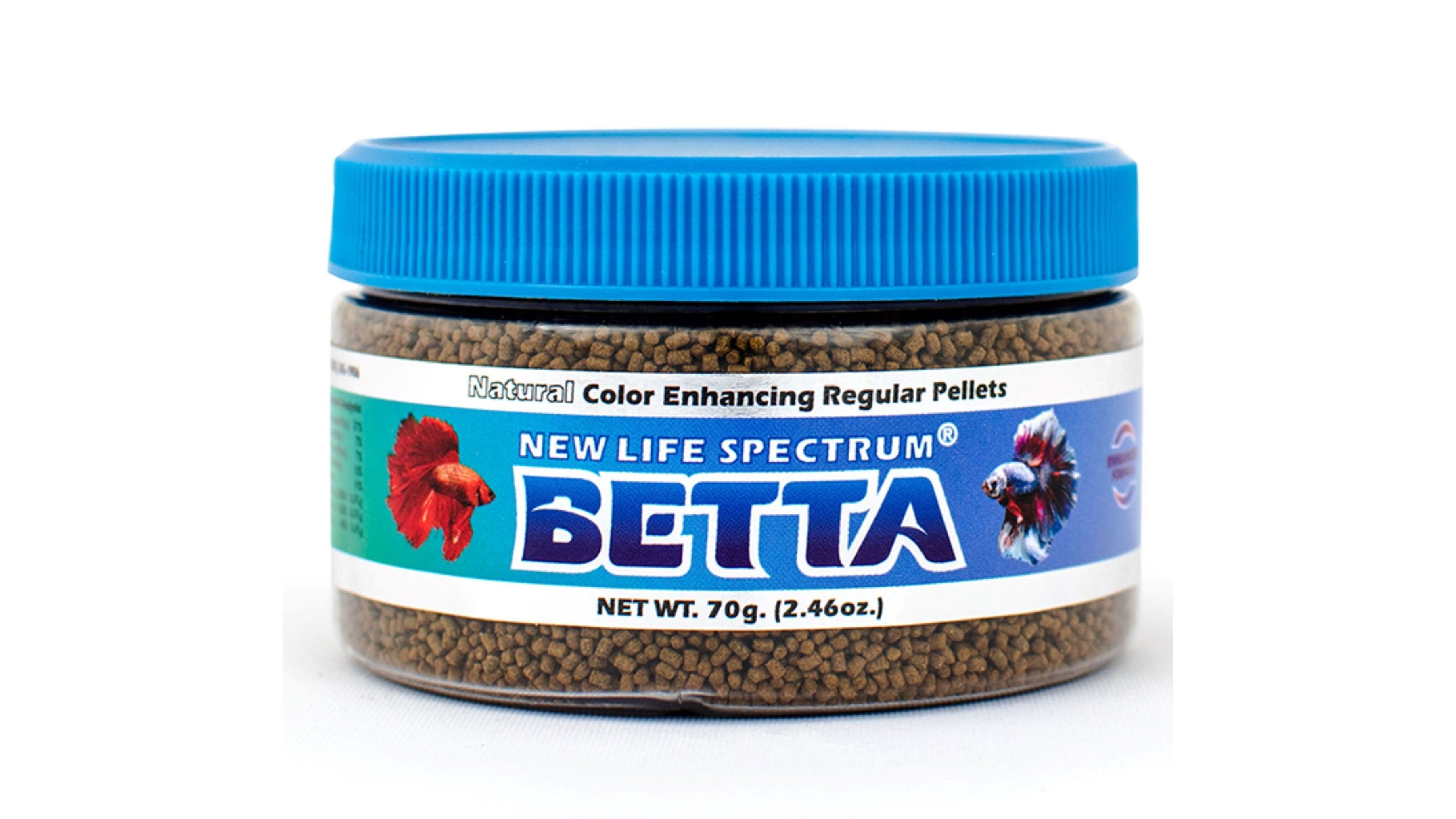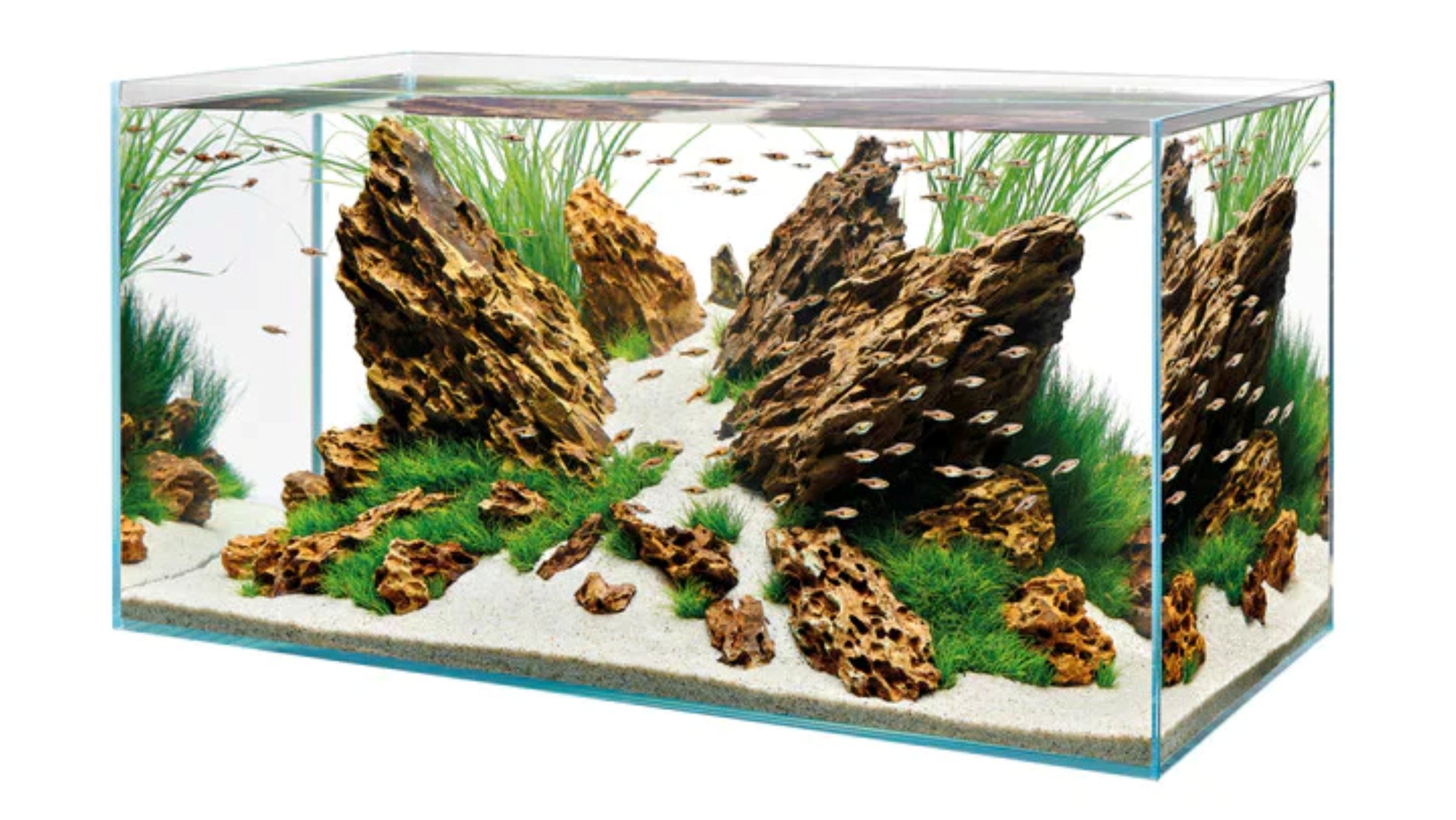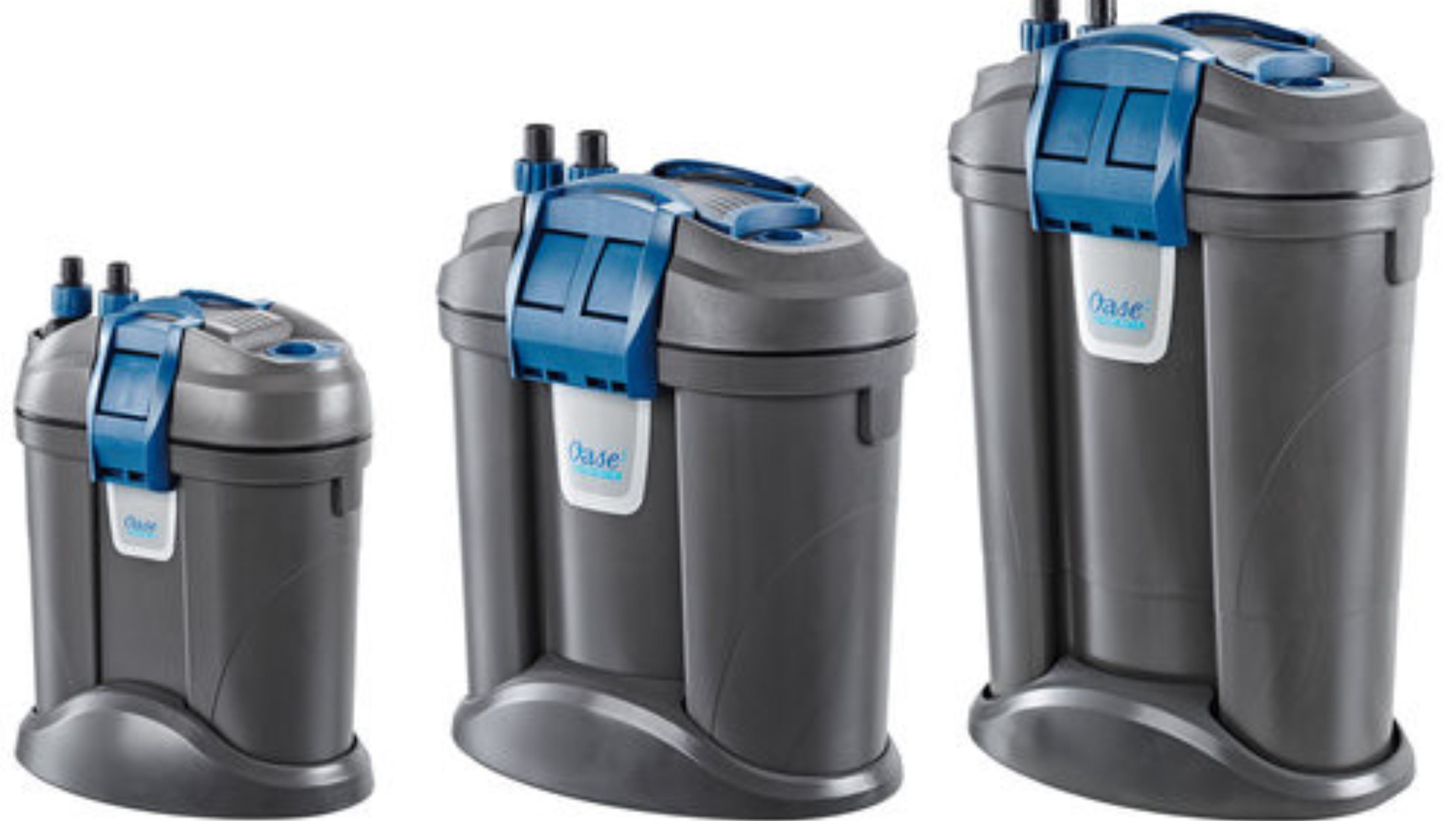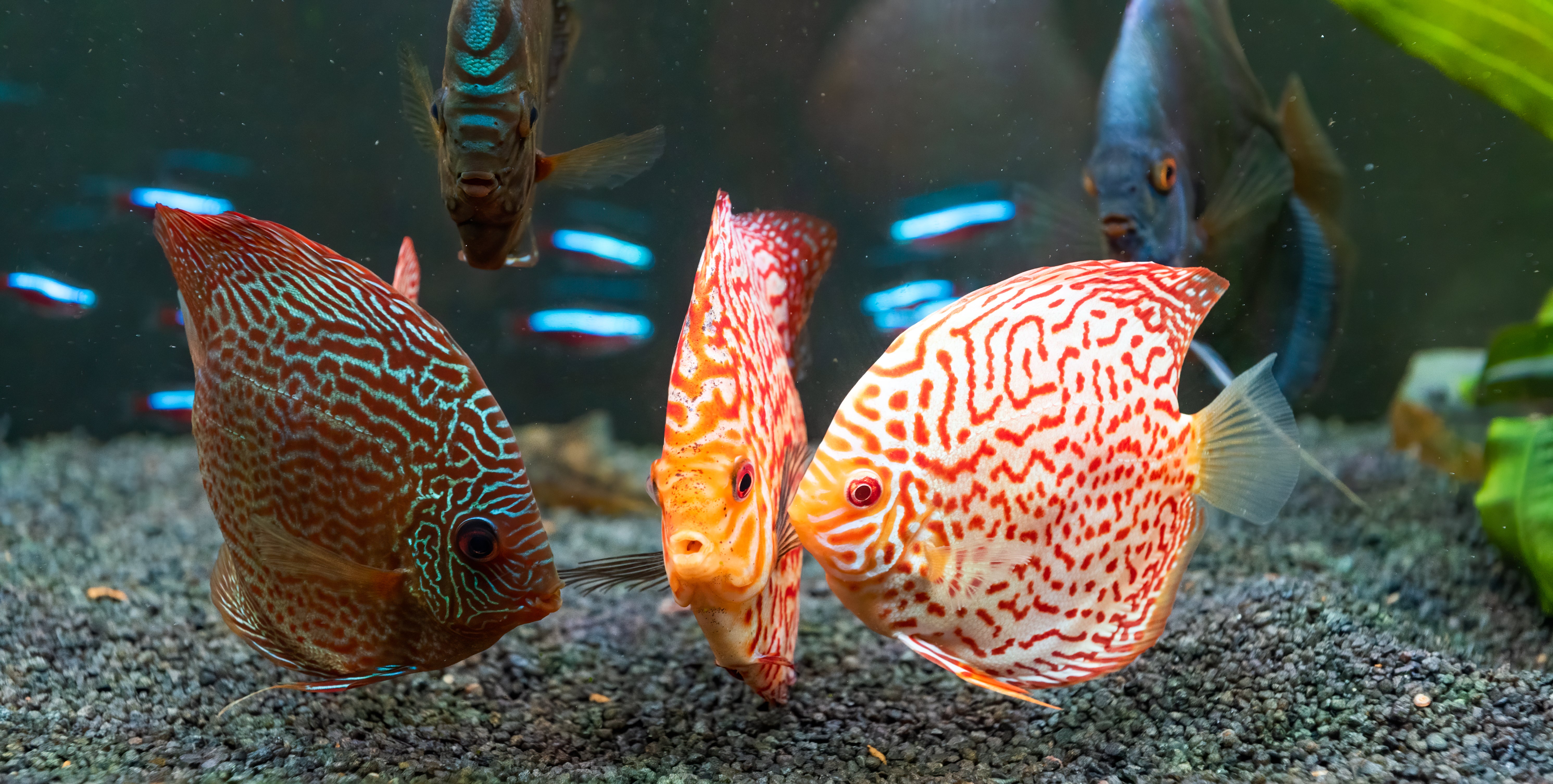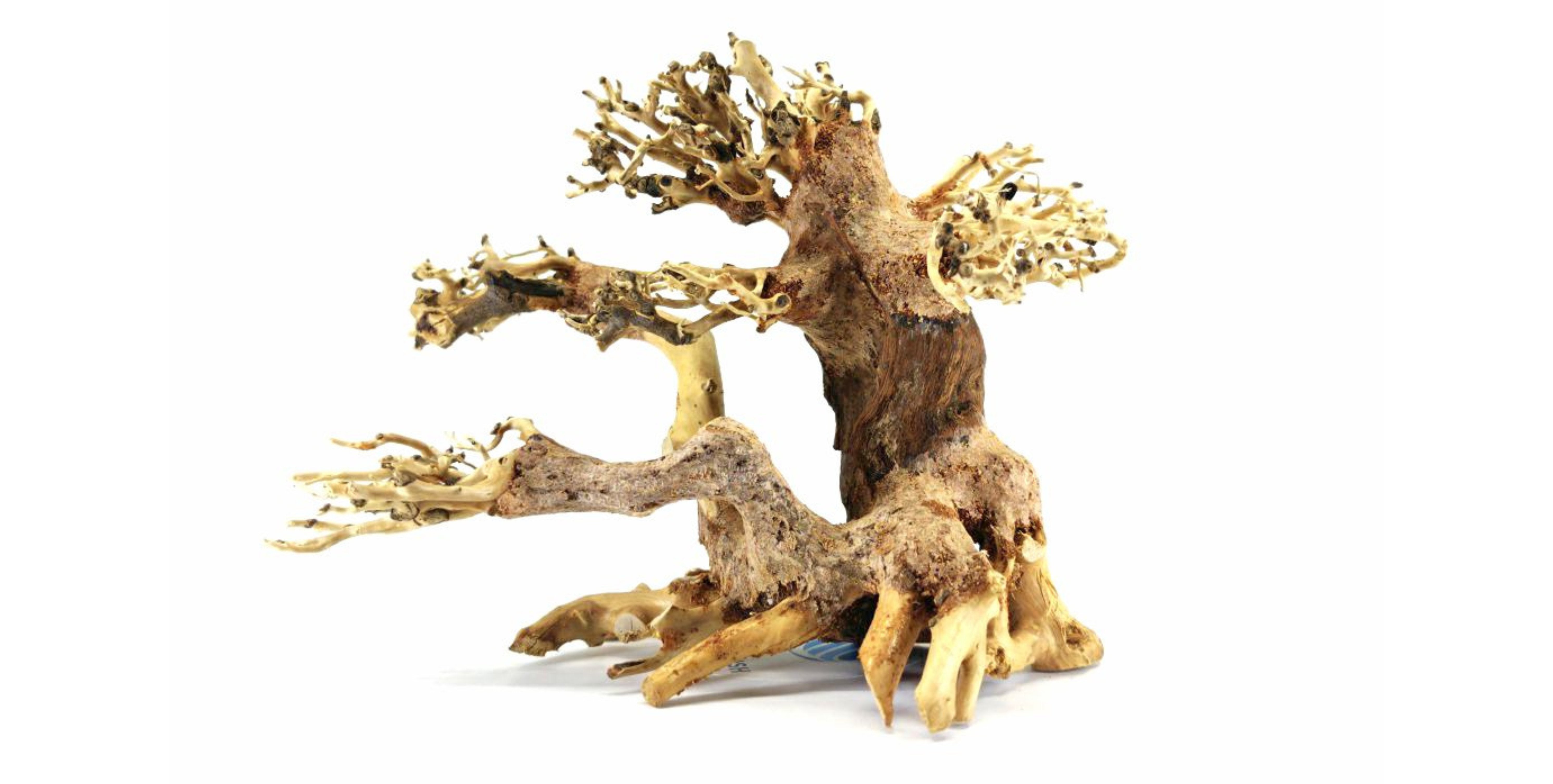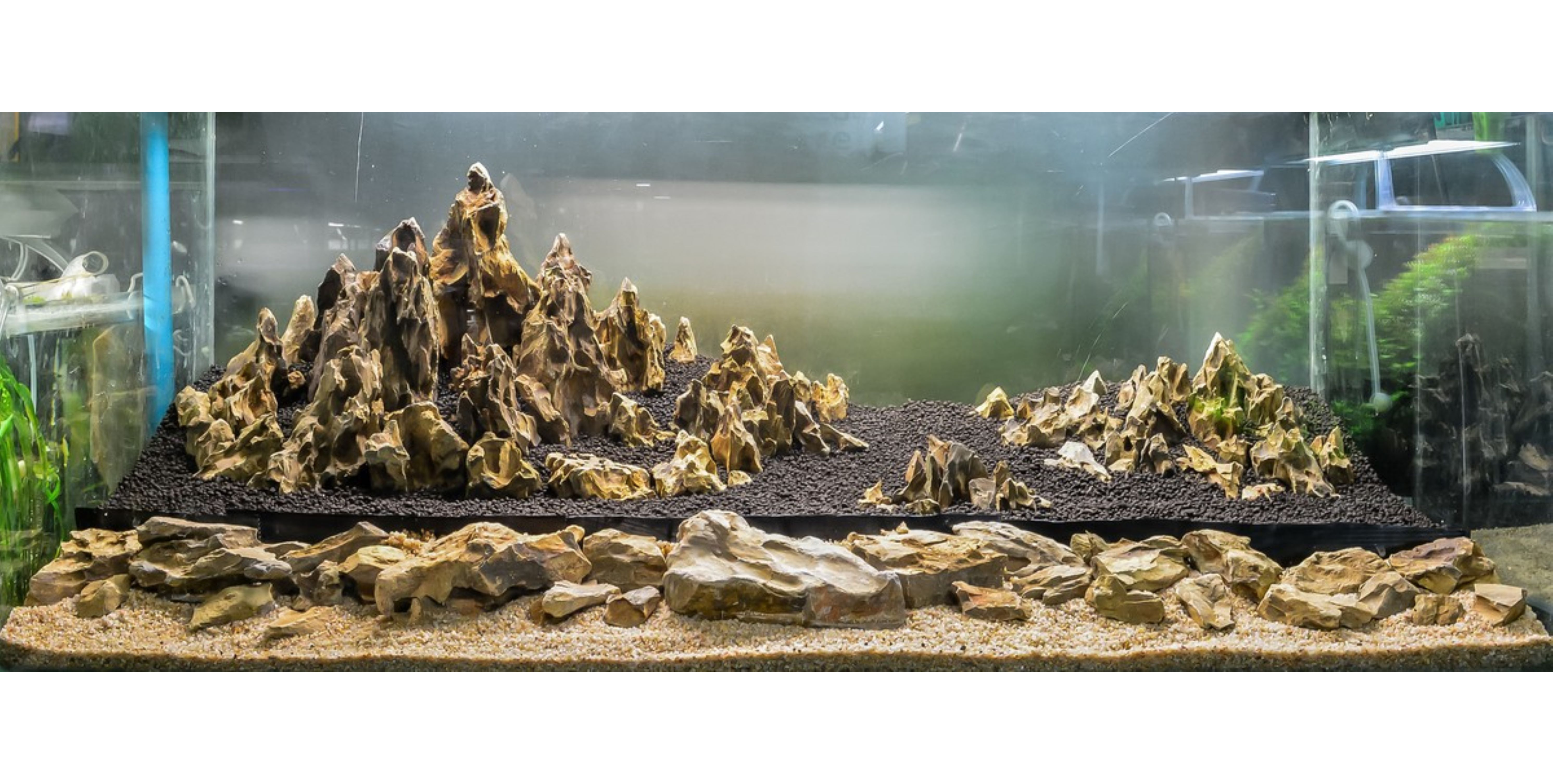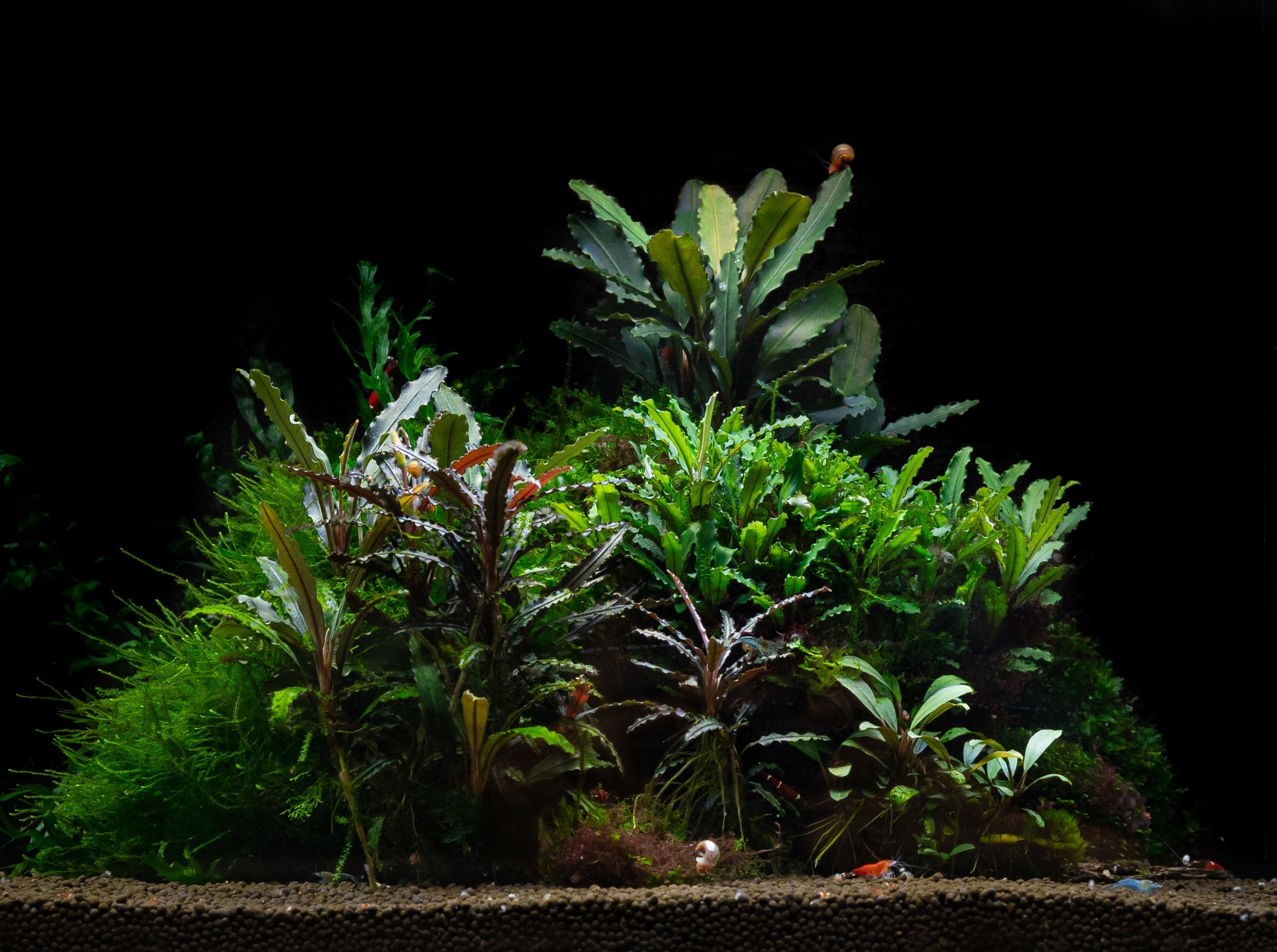Table of Contents
Diving into the captivating world of Pleco care can feel overwhelming for new fish enthusiasts, but worry not! Our ultimate guide is here to simplify the journey of keeping these fascinating fish happy and healthy. Known for their unique behaviors and beneficial algae-eating habits, Plecos are not just beautiful additions to your aquarium; they are essential for maintaining a balanced ecosystem. In this comprehensive guide, we’ll cover everything from tank requirements and ideal water conditions to diet tips and common health issues. Join us as we explore the best practices for fostering a thriving environment for your Pleco family, ensuring they flourish and thrive in your underwater haven.
Original and Natural Habitat of Pleco Fish
Plecostomus fish, commonly known as Plecos, originate from the rivers and freshwater basins of Central and South America. Most notably, they are found in the Amazon River and its tributaries. These environments are typically warm, slow-moving, and rich in driftwood, submerged roots, and plant debris.
Plecos are bottom-dwelling sucker fish that cling to submerged surfaces with their unique mouthparts. Their natural habitat consists of dim lighting, moderate water flow, and abundant biofilm and algae, which they scrape from surfaces. Mimicking these environmental conditions is key to successful Pleco care in aquariums.

Benefits of Pleco Fish
Beyond their intriguing appearance, Pleco catfish are highly functional aquarium inhabitants. Here are the primary benefits of keeping these freshwater fish:
- Natural Algae Control: Plecos help clean algae off tank surfaces, decorations, and plants.
- Bottom Cleaners: They scavenge for leftover food and detritus, assisting in maintaining water quality.
- Low Aggression: Most types of Plecos are peaceful and coexist well with other community fish.
- Unique Appearance: Their armored scales, sucker mouths, and distinctive patterns add character to any tank.
- Educational Value: Watching Plecos feed and interact with their environment provides a deeper understanding of aquatic ecosystems.
Popular Types of Pleco Fish
There are many species of plecostomus, each with unique appearances and care needs. Here are some of the most popular ones:
Common Pleco (Hypostomus plecostomus)
The Common Pleco is one of the most widely known species, often seen in pet stores. It features a long, thick body covered in mottled brown, gray, or olive patterns and armored plating. Juveniles are often sold when they're just a few inches long, but they can grow up to 24 inches in length. Because of their eventual size, they require a tank of at least 100 gallons. While hardy and useful for algae control, they can become territorial with age and are best suited for large tanks with strong filtration.
Bristlenose Plecostomus (Ancistrus spp.)
Bristlenose Plecos are easily identifiable by the bristle-like tentacles on their snouts, especially pronounced in males. They are smaller than the Common Pleco, growing to about 4–6 inches, and come in various color morphs, including brown, albino, and calico. Their compact size, peaceful temperament, and excellent algae-eating capabilities make them a favorite among aquarists. They thrive in tanks as small as 20 gallons and are highly adaptable.
Clown Pleco (Panaqolus maccus)
Known for its striking orange and black stripes that mimic a clown costume, the Clown Pleco is both decorative and functional. It reaches a modest size of 3.5–4 inches and does particularly well in smaller aquariums. It prefers tanks with plenty of driftwood, as it enjoys grazing on wood fiber. Clown Plecos are shy but peaceful and a great option for those who want a visually interesting bottom-dweller that doesn’t require a massive setup.
Zebra Pleco (Hypancistrus zebra)
One of the most striking Pleco species, the Zebra Pleco features bold black-and-white stripes that cover its entire body. This rare and expensive species grows to about 3–4 inches and prefers warmer waters ranging from 82°F to 86°F. Unlike many other Plecos, it is more carnivorous and requires protein-rich foods. It also demands pristine water quality, making it more suitable for experienced aquarists. Zebra Plecos are shy and should be provided with plenty of hiding spaces.
Phantom Pleco (Hemiancistrus sp.)
The Phantom Plecos include beautiful variations such as the Blue Phantom (L128) and Green Phantom (L200). The Blue Phantom features a dark blue or slate-gray body with bright white or pale yellow spots, while the Green Phantom has a deep olive or green tone with similar speckling. Both types grow to about 5–7 inches and are prized for their unique coloration and peaceful demeanor. They prefer aquariums with soft substrate, plenty of hiding places, and moderate water flow. Though not the most efficient algae eaters, they do well with a varied diet including veggies, algae wafers, and protein-based foods.
Create the Ideal Environment for Pleco Fish
Tank Size
Tank size varies greatly depending on species. For example:
- Common Pleco: Minimum 100 gallons
- Bristlenose Plecostomus: 20 gallons
- Clown Pleco: 15–20 gallons
- Zebra Pleco: 20 gallons with high flow and pristine water
Always plan tank size based on adult size, not juvenile appearance.
Water Parameters
- pH: 6.5 to 7.5
- Hardness: 4–15 dGH
- Ammonia & Nitrite: 0 ppm
- Nitrate: <20 ppm
Clean, stable water quality is essential. Use a powerful filter, avoid overfeeding, and conduct weekly 25–30% water changes.
Temperature Requirements
Most plecos prefer tropical temperatures between 72–82°F (22–28°C). Zebra Plecos may require slightly higher temperatures, around 82–86°F. Always research your specific species’ preferences.
Pleco Fish Diet/Feeding
Although Plecostomus fish are commonly called algae eaters, they require a more diverse diet for optimal health:
- Algae Wafers: Staple diet for most plecos
- Vegetables: Zucchini, cucumber, spinach, peas, and sweet potato (blanched)
- Protein: Bloodworms, brine shrimp, mysis shrimp, and sinking pellets (especially for carnivorous types like Zebra Pleco)
- Wood: Some species like Clown and Royal Plecos require driftwood for digestion and microbial grazing
Feed once or twice daily, ensuring food reaches the bottom where Plecos naturally feed. Remove uneaten food after a few hours to prevent water quality issues.
Pleco Fish Breeding and Reproduction
Breeding Plecos can be rewarding, but require specific conditions:
- Species-specific: Bristlenose Plecos are easiest to breed in captivity.
- Spawning Site: Use a cave, ceramic tube, or half coconut shell for egg-laying
- Water Temperature: Slightly elevated (around 78–80°F)
- Trigger: Frequent water changes and increased protein intake may stimulate spawning
Males will guard the eggs until they hatch in about 5–10 days. Feed fry with baby brine shrimp, infusoria, or algae-based fry food. Good filtration and oxygenation are crucial during this stage.
Best Tank Mates for Pleco Fish
Plecos are generally peaceful, making them great community fish. However, compatibility depends on tank size and the Pleco species. Suitable tank mates include:
- Tetras
- Gouramis
- Rasboras
- Corydoras Catfish
- Angelfish (except with small Pleco fry)
- Swordtails
- Mollies and Platies
Avoid aggressive or territorial fish like large Cichlids, Bettas (for small Plecos), or fin-nippers that may stress or injure Plecos.
Enhance Pleco Fish Tank with Aquarium Plants and Decorations
Live Plants
While some Plecos fish may uproot or graze on plants, many live plants can still thrive with proper selection:
- Anubias: Hardy and attachable to rocks or driftwood
- Java Fern: Tough leaves discourage nibbling
- Amazon Sword Plant: Broad leaves provide shelter
- Vallisneria: Adds vertical height and coverage
These hardy species attach to driftwood or rocks and tolerate Pleco activity well.
Aquarium Decorations
Add the following to create a comfortable and natural environment:
- Driftwood: Essential for species like Clown and Royal Plecos to aid digestion
- Caves and PVC Pipes: Provide hiding spots, especially during the day and breeding periods
- Smooth Rocks: For grazing and anchoring plants
- Sand or Fine Gravel Substrate: Prevents damage to Plecos' soft underbellies
Lighting should be subdued or adjustable to mimic natural shade and avoid stressing nocturnal Pleco species.
Conclusion
Plecostomus fish, affectionately known as Sucker fish or Plecos, are an incredibly diverse and rewarding addition to freshwater aquariums. From the majestic Common Pleco to the colorful and compact Bristlenose Plecostomus, there is a Pleco for every tank size and skill level.
By understanding their origins, diet, environment, and compatibility, aquarists can ensure these fascinating bottom dwellers live healthy, long lives. With proper care, your Pleco will do more than just clean algae; it will become a star in your aquatic community. Plecos not only add functional benefits to your tank but also offer unique personalities and interactive behaviors that make them a favorite among hobbyists.
Visit Splashy Fish tropical fish store to shop these Pleco for sale online or at our aquarium store in Virginia for more other freshwater fish for sale, betta fish for sale, freshwater shrimp for sale, aquarium plants for sale, and aquarium supplies.
Pleco Fish Frequently Asked Questions (FAQs)
How many Pleco fish should I keep together?
Most Plecos are solitary and territorial, especially males. It's best to keep one Pleco per tank unless you have a large setup (75+ gallons) with plenty of hiding spaces. Bristlenose Plecos can be kept in pairs or small groups with enough room and minimal aggression.
What is the Pleco fish’s lifespan?
With proper care, Plecos can live:
- Common Pleco: 10–15 years or longer
- Bristlenose Pleco: 5–10 years
- Zebra Pleco: Up to 10 years
- Clown Pleco: Around 8–10 years
Lifespan depends on species, tank conditions, and overall care.
How big do Pleco fish get in the tank?
Size varies by species:
- Common Pleco: Up to 24 inches
- Bristlenose Plecostomus: 4–6 inches
- Clown Pleco: 3.5–4 inches
- Zebra Pleco: 3–4 inches
- Royal Pleco: 12–17 inches
Always choose a Pleco species that matches your tank size and long-term plans. Remember: many Plecos sold in stores as juveniles will outgrow small tanks quickly.



